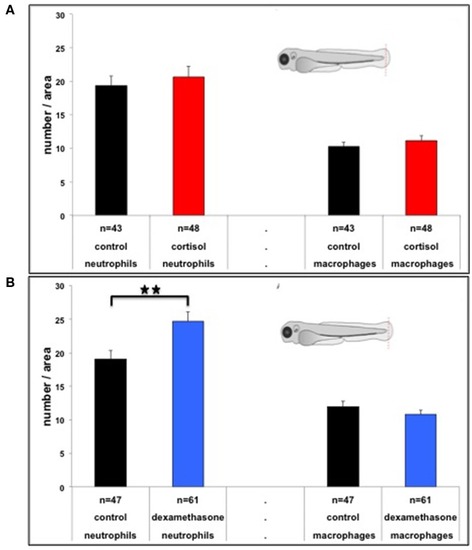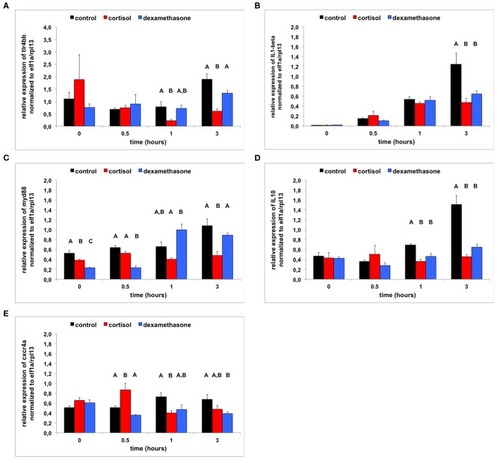- Title
-
Early Life Glucocorticoid Exposure Modulates Immune Function in Zebrafish (Danio rerio) Larvae
- Authors
- van den Bos, R., Cromwijk, S., Tschigg, K., Althuizen, J., Zethof, J., Whelan, R., Flik, G., Schaaf, M.
- Source
- Full text @ Front Immunol
|
Experimental time-line of the different experiments. dex, dexamethasone. |
|
|
|
|
|
|
|
|
|
|
|
|







